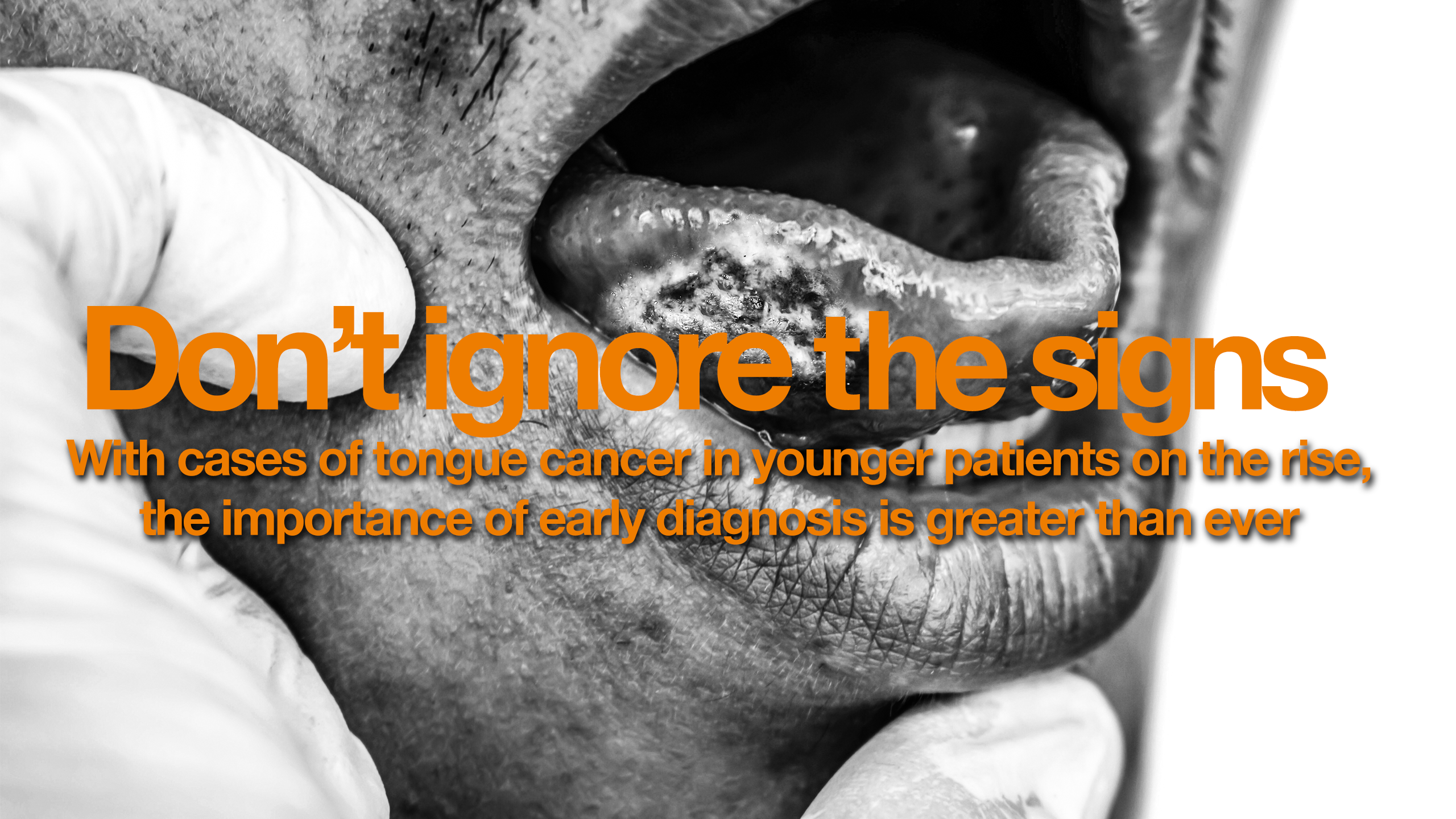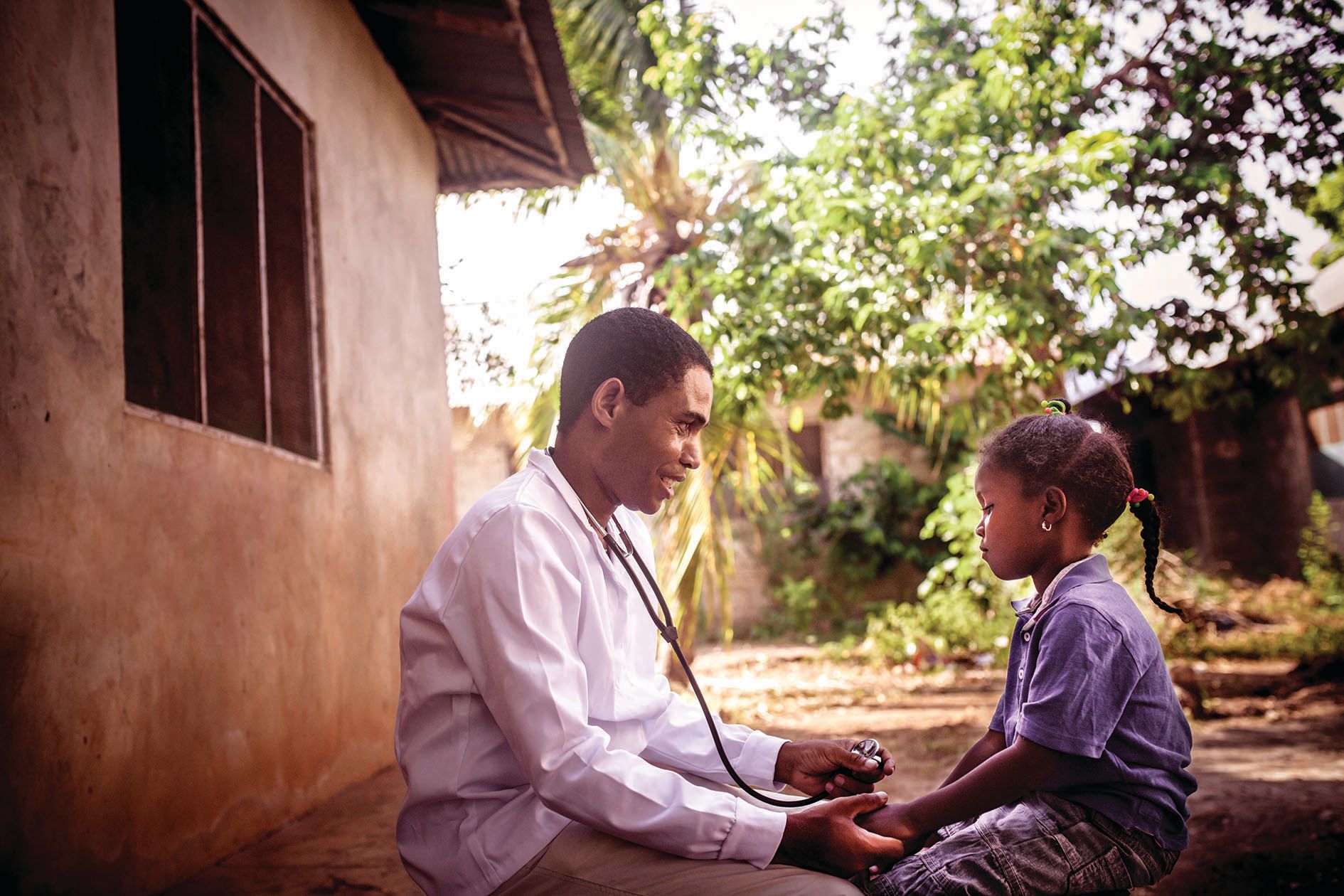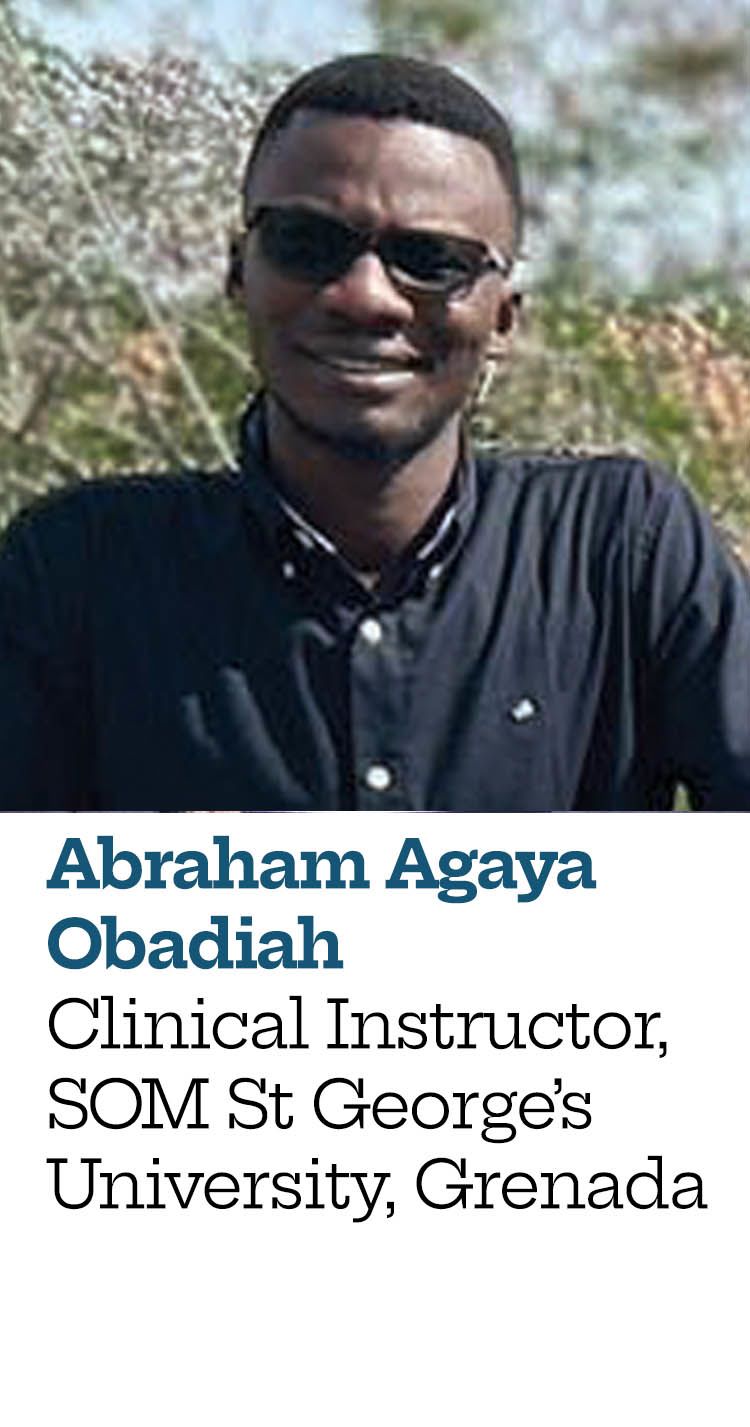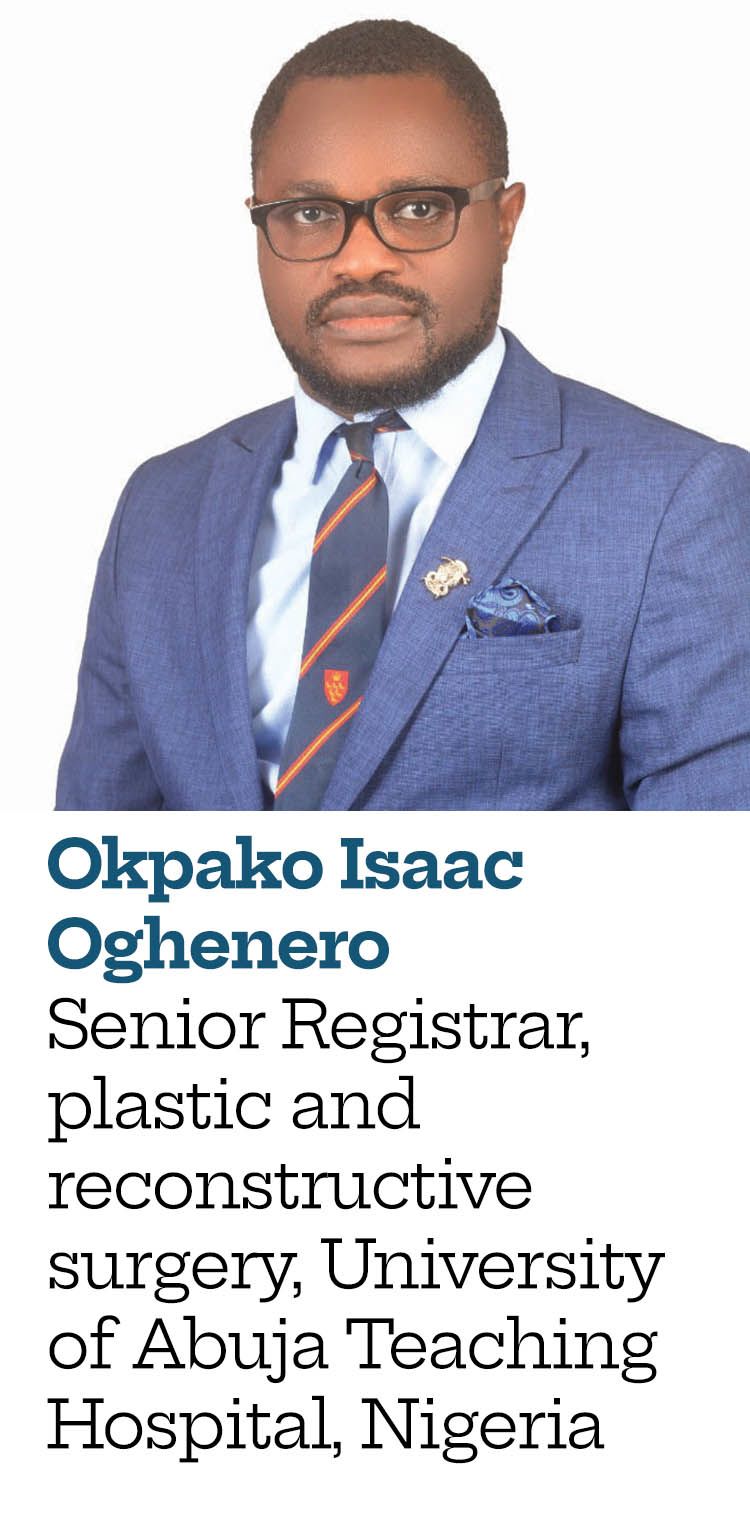(COPY) (COPY) (COPY) (COPY) (COPY)

World Patient Safety Day (17 September) is an international initiative led by the World Health Organization (WHO) that calls for global solidarity and concerted action by all countries and international partners to improve patient safety.
Despite stark inequalities between nations and populations, the theme of patient safety is consistent. We asked colleagues in Nigeria and Grenada to share their experience of patient safety initiatives in their own hospitals.
The bottom-up approach
to better care
Developing healthcare systems can benefit from patient-centred practice, says Abraham Agaya Obadiah, including less unnecessary expense

One of the most important pillars in healthcare service provision is: ‘First, do no harm.’ It is widely acknowledged that patient safety is a serious concern across the developed and developing health care systems, with immense human, moral, ethical and financial implications.
According to the World Health Organization (WHO), patient safety can be broadly defined as “a framework of organised activities that creates cultures, processes, procedures, behaviours, technologies and environments in healthcare that consistently and sustainably lower risks, reduce the occurrence of avoidable harm, make error less likely and reduce impact of harm when it does occur”. Patient safety in contemporary medical practice is largely based on technological advancement and availability of resources. Several additional factors may also influence the approach to patient safety in developing and resource-limited health systems, where a relative lack of formalised infrastructure means patient safety relies on clinicians’ communication, confidentiality and professionalism.
An important component of safe patient care and treatment is acquiring complete and accurate information to make a diagnosis. This is the theme of the WHO’s 2024 Patient Safety Day: ‘Improving diagnosis for patient safety.’ At St George’s University we pride ourselves on adopting the bottom-up approach in making a diagnosis. This initiative is based on individualised care for patients, to optimise their care and outcomes in a lower-resource healthcare system.
The bottom-up diagnostic initiative involves starting with specific symptoms and clinical findings and systematically working towards a diagnosis. This method contrasts with a top-down approach, which begins with a broad differential diagnosis and narrows down based on specific tests and findings commonly adopted in high-resource health settings. Medical students and junior doctors in Grenada are taught to assimilate patients’ details using a systematic method of symptom inquiry, which entails an in-depth exploration of the patient’s symptoms. An important benefit of this approach is the reduction in the need for expensive and unnecessary tests and resources, which has become commonplace in higher-resource settings. Through responsible practice, information from patient histories, examinations and clinical experience is often adequate to reach a diagnosis.
In our experience, this approach promotes patient safety by validating surgical interventions and providing tailored, individualised solutions through first-hand and team-based knowledge of the specific challenges and requirements posed by practice within our healthcare systems and patient populations. It also facilitates responsible modification of practices for specialty-specific intervention, and the correct identification of rarer conditions in the context of safely considering, diagnosing and managing more common illnesses.
This approach does pose several challenges. One is the risk of slowing down diagnosis, especially in the hands of inexperienced surgeons; this is mitigated to a certain extent by having more experienced surgeons as leaders in a team to help synthesise information and make final decisions. Another potential challenge of this approach is missing asymptomatic conditions that might be picked up incidentally through investigations.
In summary, the bottom-up approach in diagnosing surgical patients can lead to more thorough, individualised screening for serious conditions; the use of simple tests to avoid unnecessary expense in a lower-resource setting; the promotion of a multi-specialist and multidisciplinary approach; and the regulation of practices. The validation of surgical intervention through audit of outcomes is essential, and this approach requires thoughtful, team-based implementation to avoid diagnostic delays.
Why safety is
everyone’s business
Okpako Isaac Oghenero explains how one Nigerian hospital has taken a root-and-branch approach to avoiding adverse events

The World Health Organization (WHO) estimates that 134 million adverse events occur because of unsafe care in hospitals in low and middle-income countries. The WHO has identified areas where errors may occur and therefore place patient safety in jeopardy, including medication errors, healthcare-associated infections, unsafe surgical care, unsafe injection practices, diagnostic errors, unsafe transfusion practices, radiation errors, sepsis, venous thromboembolism and unsafe care in mental health settings.
At my hospital, steps have been taken to improve patient safety, including conversion of analogue medical records to electronic records, which has reduced medication errors. When medications are prescribed, the pharmacist dispensing the medication and the nurse administering it must be in agreement about the dose, frequency and duration of administration – and if any one of them is not satisfied, clarification is sought before the medication is given to the patient.
When patients are booked for surgery, a booking list is submitted to the perioperative nurse, anaesthesiologist and ward nurses to aid planning and ensure patients are properly accounted for. At presentation to the theatre reception, the nurses confirm that the patient being sent to theatre is correct and the diagnosis is confirmed. Once a patient is in theatre, the WHO surgical safety checklist is used to assess patient safety. For elective cases and in many emergencies, an anaesthesiologist reviews the patient in the ward before surgery to ensure patient preparation is optimal. However, in life-threatening emergencies, such as vascular injuries, the review may be done on table.
While diagnostic errors have been noted at my hospital, although not frequently, safety measures put in place include ensuring specialty units are trained for the interpretation of results. If the diagnostic results are not in keeping with the patient’s clinical state the doctor seeks clarification with diagnostic staff. In some instances, the test is repeated and, if this is not satisfactory, a repeat is carried out in another diagnostic centre separate from the hospital for comparison. The diagnostic machine may be subject to quality assurance testing if the error is suspected to come from that; outdated equipment, reagents and burnout by staff, among others, may cause these errors.
The collection and storage of blood is carried out by laboratory staff and transport is via a blood bag. Before transfusion, the blood is double-confirmed by the nurses and doctors and appropriately documented.
There are monitoring teams that go round the hospital at least once a week to check standard practices are being adopted, and there is a ‘service compact’ organisation (SERVCOM) patients can report to when they feel dissatisfied with their care.
The radiology unit is in a cul-de-sac, isolating it from passers-by because it is a restricted area and only authorised individuals who wear protective clothing are allowed to enter it.
A hierarchal order-of-command structure is maintained, which allows for the supervision of the activities of younger staff by senior colleagues. There are multidisciplinary meetings at unit, departmental and hospital levels where patient care – discharged, died and left against medical advice, among others – is discussed, and where mistakes made can be identified and corrected. Periodically, audits are carried out at the unit, department and hospital levels to assess the outcome of patient care. All are actions taken by the hospital to improve patient safety.



